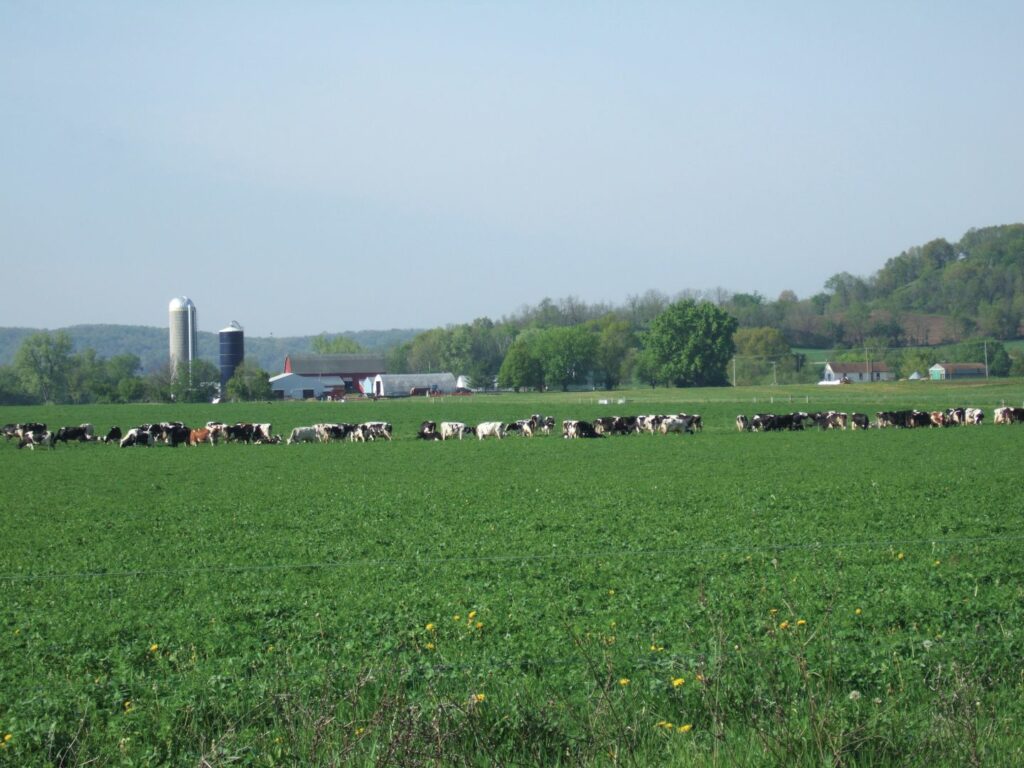Dear Farmer/Agribusiness person,
We are glad to have gotten through the year with enough feed for the cattle. It was not a fun year. Where are we going to go after having experienced the summer of 2012? By July 20, I thought it was over. With no rain in sight, every promise fizzled. We obtained a temporary permit to pump water out of Otter Creek. By the time we got that paperwork done, found the equipment, realized the hassles and found that there were only small areas we could actually water, it was raining. Not a lot, but the irrigation did give us something to do—there sure was not much hay to make.
L-CBF Advantage on Corn
We just finished the corn harvest. It was a long ways from great, but we did average over 100 bu/acre—certainly nothing to brag about. We weighed some test plots with our new L-CBF molasses-based fertilizer and checked other areas. Our highest yielding corn was over 175 bu/acre and the L-CBF plots had an over 10 bu/ac advantage. The L-CBF corn got off to a better start and had better root systems.
Our high-yielding corn all followed alfalfa. With the warm and early spring we had there was a beautiful knee-high crop to work shallowly into the soils. These are our best, loamy type soils which have had lots of mineral inputs, green manure crops and a good rotation (alfalfa then corn, a green manure crop, corn and back to seeding with triticale and peas as a nurse crop and WinterKingII alfalfa with a grass/dry hay blend from MBA seeded at 5+ pounds).
This farm is a ways from the home farm, so stacked, aged, turned, bedding pack manure is applied at 2-4 tons/acre when it’s in forage crops. We also apply some pelleted chicken manure on corn ground at 1000 lbs./acre. MBA’s OrganiCal is applied yearly to the forage crop along with 200-400 lbs. of a blended fertilizer.
Now that’s a recipe for good, high quality crops even without rain. The next question is how to repeat this over more of the farm.
Gary F. Zimmer

